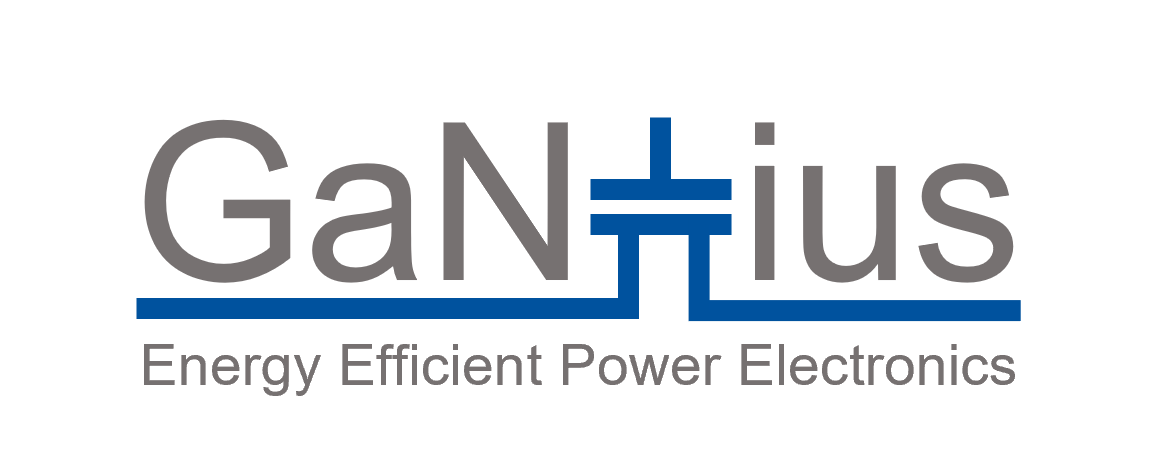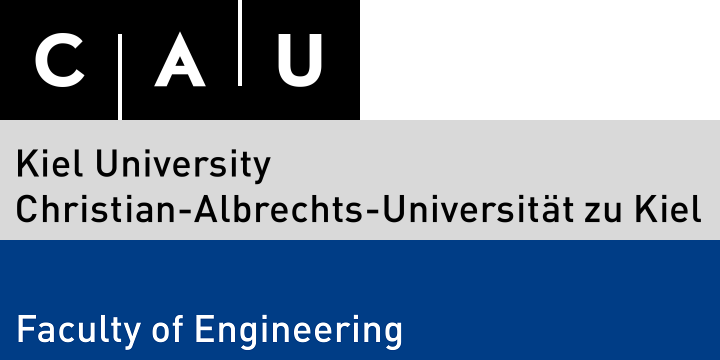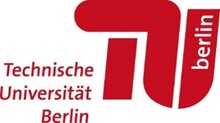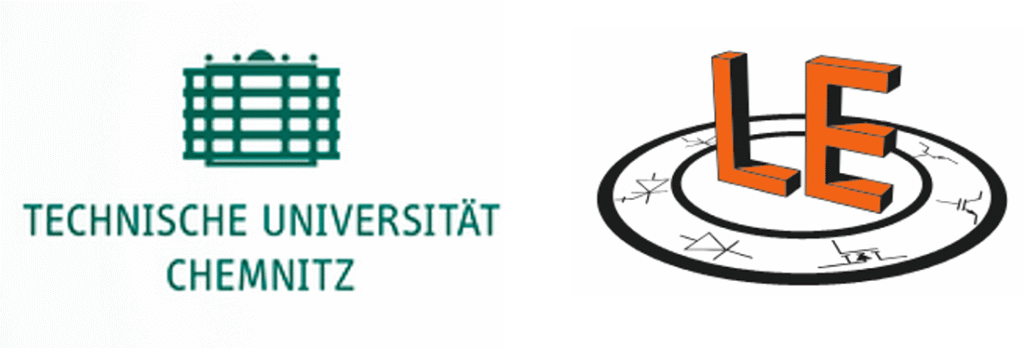DFG Priority Program 2312
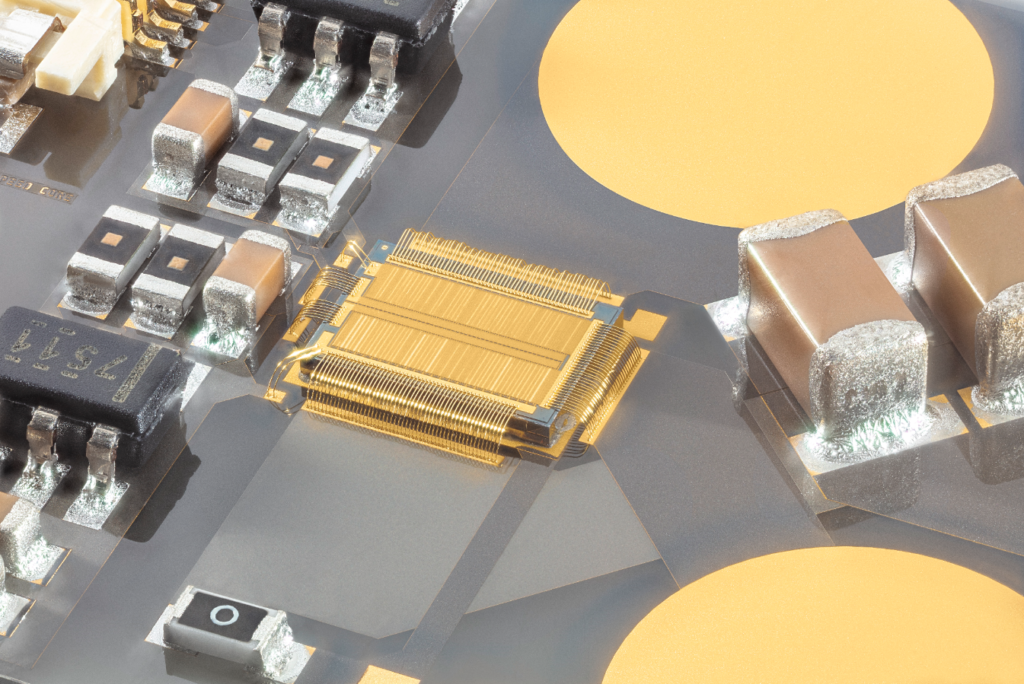
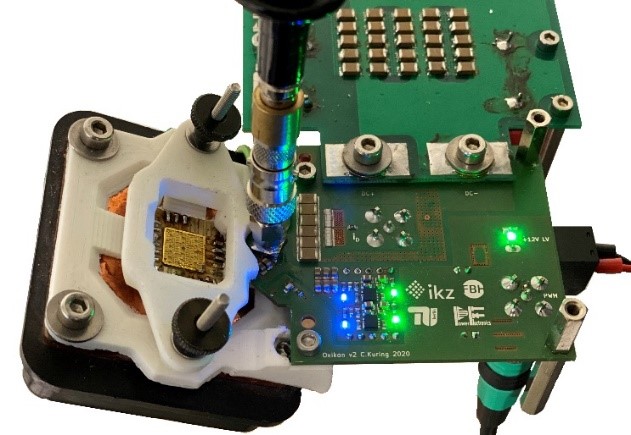
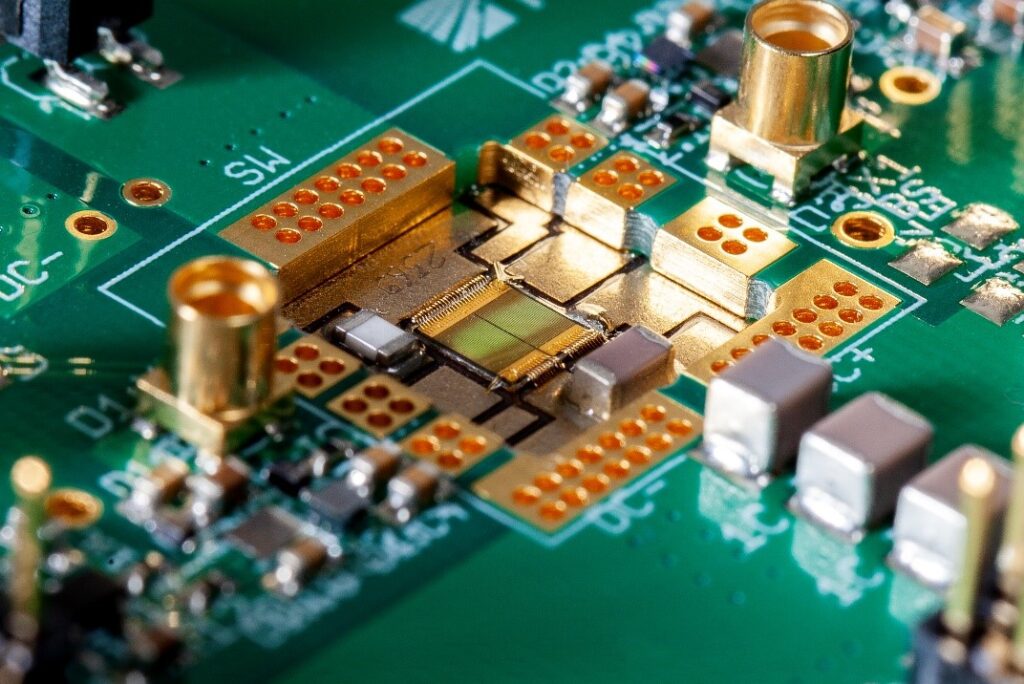
Objectives of the Priority Programme
With the transition to globally sustainable energy generation, the large share of electrical energy will further increase significantly. These amounts of energy not only have to be generated in a resource-saving and environmentally friendly manner, but also distributed, implemented and used efficiently. The key technology for this is power electronics, which are essential for the integration of renewable energies in power systems, charging and drive technology for electromobility, power supply for data centers or the high-frequency networks for mobile communications. New power electronic devices, circuits and components are required in order to generate the appropriate voltage, current and frequency profile particularly efficiently. Considerable energy savings are possible, e.g. with energy and vehicle technology alone, a previously unused potential of up to 35% can be exploit. This not only offers economic advantages, but also significantly reduces the CO2 equivalents associated with the applications.
Thanks to the advances in semiconductor materials with solid-state properties such as a wide bandgap, power electronics are an emerging research field. Components can be implemented which, compared to the state of the art, achieve switching speeds that are orders of magnitude higher, with low losses at the same time. The modern semiconductor gallium nitride (GaN) in particular also opens up completely new levels of integration and circuits for high-frequency power electronic components and efficient, highly compact systems. The necessary scientific methods are to be developed in an interdisciplinary approach that combines the expertise from solid state physics, semiconductor technology and system design. Novel components, circuits and components for highly efficient power electronic systems are to be researched and demonstrated. Due to the complexity of the systems and the breadth of applications, the development of this emerging field of research and its shaping in the scientific landscape requires interdisciplinary and cross-location cooperation.
